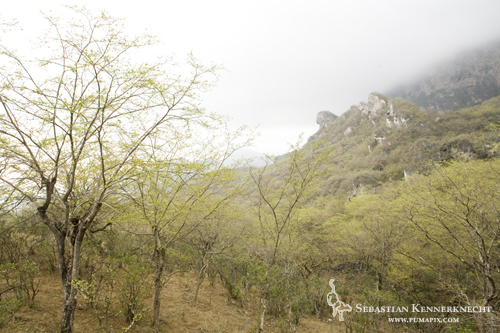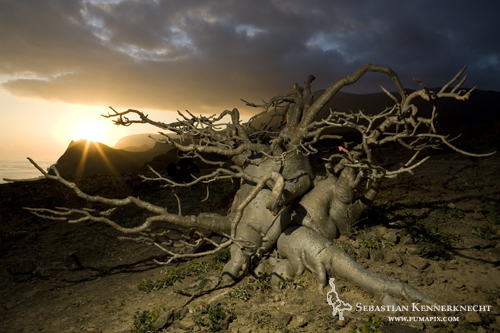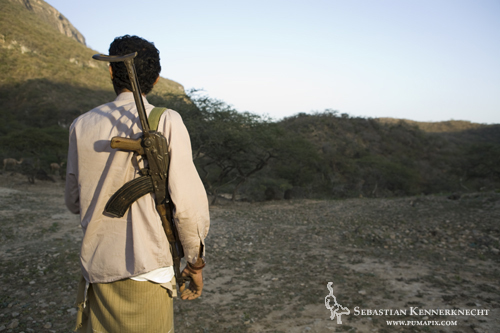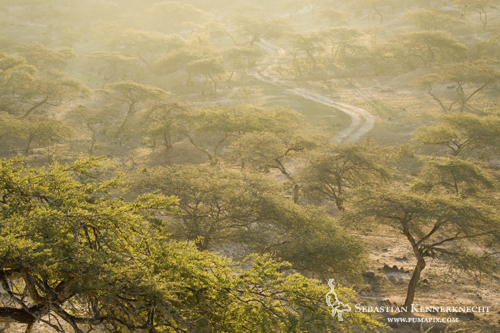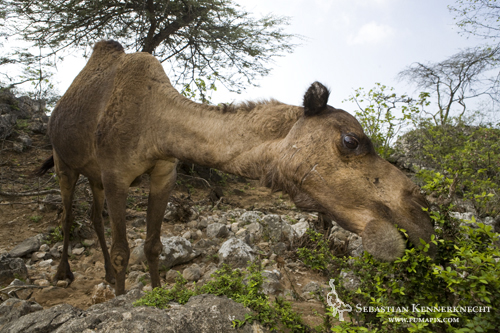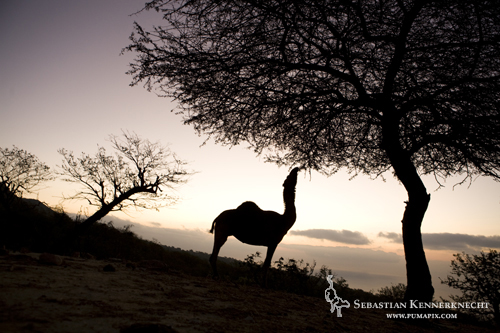The country of Yemen has amazing natural areas, many of them undiscovered and most definitely under appreciated by the local as well as the international audience. Due to its geographical location, Yemen has many endemic plants while also supporting animals found in Africa as well as Asia. The survival of these species is a fragile one; if the country and its people continue to disregard the potential of these areas they may forever be lost.
A case study for this is the Hawf Protected Area at the border of Yemen and Oman. Due to an escarpment right next to the coast and the seasonal monsoons, a cloud forest persists at this location. Beyond the initial mountain range, the normal desert ecosystem of the area exists.
In these habitats you can find endemic plant and animal species like Golden-winged Grosbeaks, South Arabian Wheatears, Tristam’s Starling, and Desert Rose Plants.
Not to mention, the ocean is simply beautiful, warm, clear, and provides its own unique wildlife.
These ecosystems are under much pressure though, it seems like all the environmental issues one can throw at an environment are impacting these ones.
There is hunting pressure of predators, large ungulates, and small game. Increased roads provide better access to formerly inaccessible nature areas. Overgrazing by camels, cows, sheep, and goats leave less for native herbivores. Logging of trees destroys the dense cover needed by many species. Finally, pollution, specifically trash that is thrown anywhere and everywhere, can cause direct effects on animals as well as simply making an area less attractive to tourists.
And the ecotourism potential in this area is huge. The people are willing to host foreigners and openly welcome them. The environment is gorgeous and provides a home for many endemic species as well as charismatic megafauna like Arabian Leopards, Striped Hyenas, Arabian Wolves, Honey Badgers!!!, Sea Turtles, and Dolphins.
This is why the work that David Stanton of the Foundation for the Protection of the Arabian Leopard in Yemen is doing is so important. By focusing on a large predator as the Arabian Leopard he ensures that if he is successful, the large scale habitat it needs to survive protects not only the cat, but all the species that call that environment their home as well. Coupling that with convincing the local people that tourist money is a whole lot more than they can get for selling a goat has the real potential of benefiting both the people and the wildlife there. Though it is an uphill battle, David is fighting it well and I personally think he is undertaking the correct steps to lead to a better Yemen for humans and animals alike. You can personally help out by donating to David’s foundation by contacting him at his email address contact@yemenileopard.org

David Stanton and Yousuf Mohageb giving workshop on the benefits of protecting the Arabian Leopard, Hawf Protected Area, Yemen
*If you are interested in purchasing any of the pictures displayed in this post, please check out my fine prints page for pricing.*


